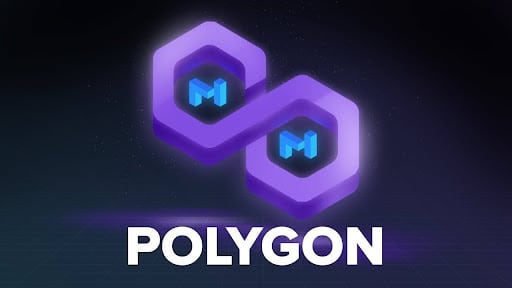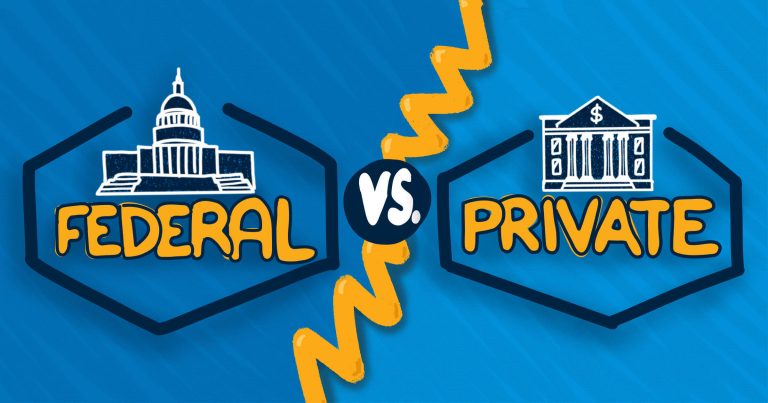HMDA: What is included – Why reporting is important
The Residence Mortgage Disclosure Act (HMDA), which has been in place for greater than 4 a long time, requires mortgage lenders to report details about their lending practices.
Sure, it’s a behind-the-scenes, enterprise factor. However it may be a very good useful resource for customers and debtors, too. Let’s dive into the HMDA, why it’s essential and how one can entry HMDA knowledge on-line.
What’s the Residence Mortgage Disclosure Act (HMDA)?
The Residence Mortgage Disclosure Act (HMDA) is a federal legislation handed in 1975 that requires mortgage lenders to gather and report loan-level knowledge factors about their portfolios and practices.
HMDA permits regulators and the general public to find out whether or not lenders are serving the housing wants of their communities in an equitable method. The legislation additionally goals to establish lending patterns that might be discriminatory, and offers public officers with data on mortgage lending of their communities to allow them to make higher coverage and budgetary choices.
Contemplate that, earlier than HMDA was enacted, “there have been areas through which residents, typically in city and minority neighborhoods, weren’t in a position to receive mortgages,” says Jared Maxwell, vp and direct gross sales division chief with Embrace Residence Loans in Middletown, Rhode Island.
At present, HMDA is enforced by the Client Finance Safety Bureau (CFPB).
What’s included in HMDA reporting?
Among the many parts included in HDMA reporting are a mortgage applicant’s ethnicity, race, gender and earnings. “For every file, you may be taught in regards to the mortgage, the property traits, the applicant demographics and the lender,” Maxwell says.
For instance, you may decide if a borrower acquired a mortgage or in the event that they have been denied, didn’t full the applying or one thing else occurred to stop the mortgage from being originated.
Mortgage-specific pricing and price data, together with unfavorable spreads, in addition to particulars on mortgage options like balloon funds and unfavorable amortization options, are additionally reported. The info additional contains particulars about preapprovals and loans bought from one establishment to a different.
Some knowledge are excluded from public reporting to safeguard an applicant’s privateness, such because the applicant’s identify, dates of the applying and actions taken, property handle and credit score rating. Extra fields, together with actual mortgage quantity, age, debt-to-income (DTI) ratio and property worth, are modified into ranges for this identical purpose.
Why HMDA reporting is essential
HMDA knowledge function a complete supply of publicly out there data on the U.S. mortgage market. The knowledge gives invaluable insights, resembling:
- Whether or not lenders adequately serve the mortgage lending wants of their space
- Whether or not there are any discriminatory lending practices occurring
- Whether or not an space wants public or personal funding to assist revitalize its property market
“For instance, customers looking for a mortgage mortgage can evaluate the publicly out there lending knowledge for variations in credit score choices, phrases and pricing by age, race, ethnicity or geography amongst varied monetary establishments out there to them for his or her lending wants,” explains Christopher Sicuranza, associate and head of the Banking, Insurance coverage and Capital Markets Follow for Guidehouse, a administration consulting agency in Washington, D.C. “Subsequently, the HMDA knowledge present a possibility for customers to vote with their wallets and solely do enterprise with these monetary establishments they consider align with their values primarily based on prior lending exercise.”
Lenders additionally use the information, says Kimberly Wachtel, company compliance supervisor for Inlanta Mortgage in Pewaukee, Wisconsin. “It may inform us lots about our personal enterprise, what our friends are doing and the place we could differ and/or align. When lenders are extra in tune with their mortgage efficiency, they will higher serve their communities. Monetary establishments ought to overview their knowledge frequently to make sure their mortgage knowledge traces up with their lending mannequin,” she notes.
What has modified with HMDA reporting?
Through the years, HMDA has skilled a number of facelifts to raised fulfill its objectives, together with altering who’s required to report the information, including pricing data and requiring extra knowledge to be collected total, says Wachtel.
At present, mortgage lenders are required to finish greater than 100 fields throughout a number of knowledge factors on both an annual or quarterly foundation, primarily based on the establishment’s dimension, utilizing a brand new reporting platform, based on Sicuranza.
“The rise within the variety of knowledge fields in addition to enhancements in public accessibility and the technological interface enable for all members of the general public to raised perceive and visualize lending patterns of their communities,” says Sicuranza.
In 2018, monetary establishments turned obligated to report knowledge associated to dwelling fairness traces of credit score (HELOCs), which was beforehand optionally available. They have been additional required to outline protection necessities if the establishment originated a minimum of 100 closed-end mortgages or 200 open-end traces of credit score within the two previous calendar years. The closed-end quantity was adjusted to 25 in 2022.
The Client Finance Safety Bureau (CFPB) lately started soliciting enter on HMDA, as effectively. “In different phrases, much more HMDA adjustments could also be on the best way for customers to maintain on their radar,” says Sicuranza.







